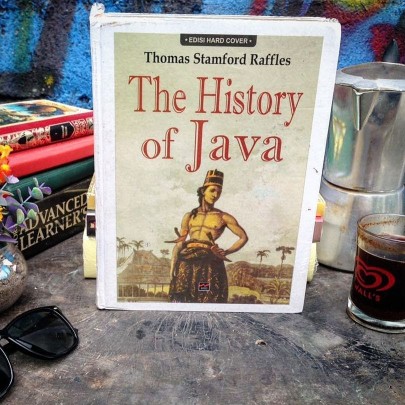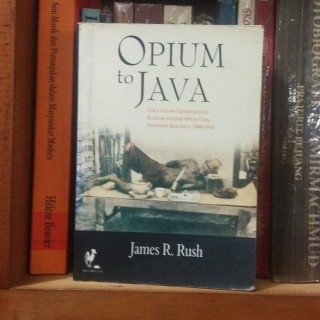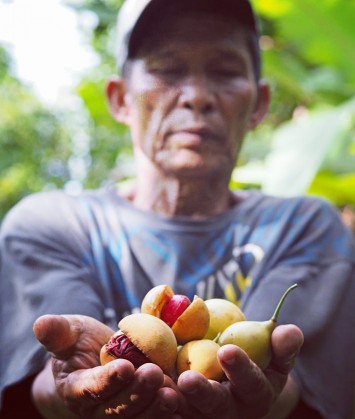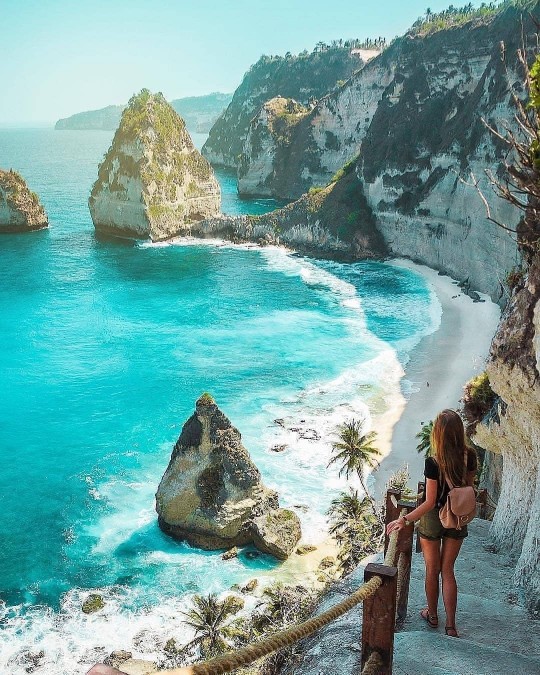Not only is it rich in natural beauty, Indonesia is also highlighted by the world with its diversity of cultural arts. One of them is traditional dance. Even some regional dances in Indonesia are already well known in foreign countries. Edu from the Java Private Tour will summarize and review several traditional dances whose names have become worldwide.
Reog is one of the cultural arts originating from East Java, precisely the City of Ponorogo. In events and public holidays, such as marriage, circumcision and national events, this dance is usually performed. Reog Ponorogo dance consists of several series of 2 to 3 opening dances. The first dance is usually performed by 6 to 8 brave men in all-black clothes, with faces polished in red. These dancers describe the brave figure of a lion.
3. Kecak Traditional Dance
Who does not know Bali? Every time you go to Bali, you will often see the Kecak dance. Because this dance originated from the Island of the Gods. Typically, this dance is often performed by many male dancers who sit in rows and cross-legged in a circle and with a certain rhythm calling 'cak' while raising both arms.
This dance usually accompanies the Ramayana story which becomes the main story. If you are in Uluwatu, usually in the late afternoon, the Kecak dance performance begins.
4. Barong Traditional Dance
In addition to the Kecak dance, one of the dances that is also famous from the Island of the Gods is the Barong Dance. This dance has a philosophy of life which is doing good. Usually, the dancers wear four-legged animal costumes, while the evil form is played by Rangda, a creepy figure with two pointed fangs in his mouth.
You can watch the Barong Dance Performance in the Batubulan area of Gianyar. Barong Balinese dance performances will usually start at 09:30 in the morning every day.
Java Private Tour is very committed to lifting Traditional Culture in the eyes of the international community by opening opportunities for international tourists to explore the nature, art, and social life of Indonesia through experiences with the local people.
Written by : Edu – Java Private Tour
Visit our other article on
blog.javaprivatetour.com

















